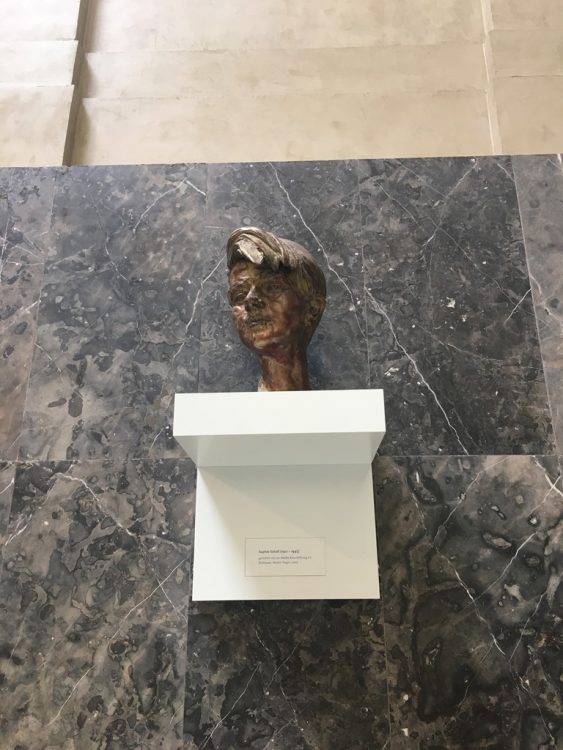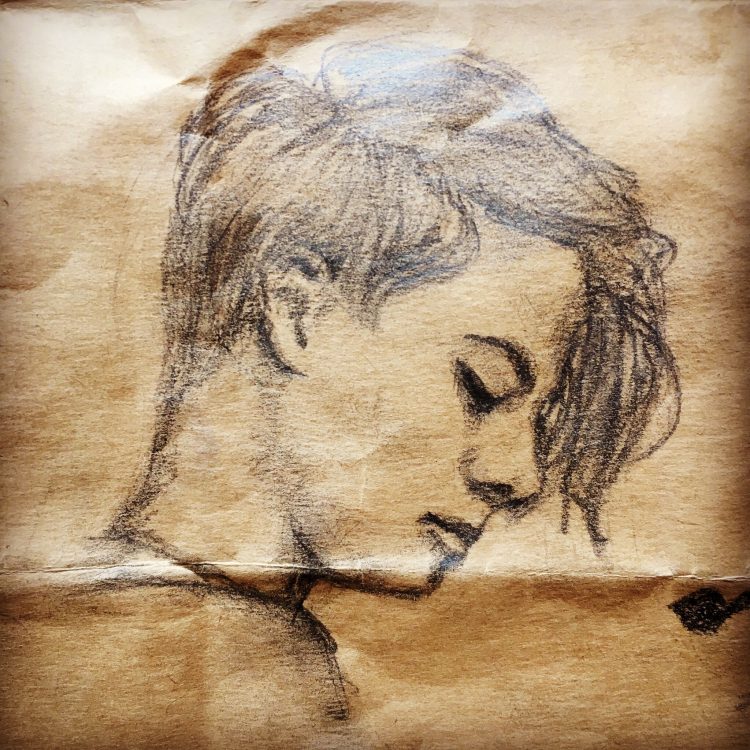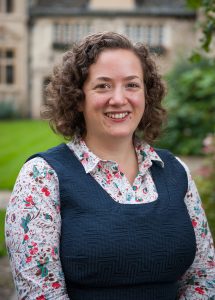How Should You Remember an Icon? The Story of Sophie Scholl
8 Mar 2020|Alex Lloyd
- Research

Early on 18 February 1943, two students entered the main building at Munich’s Ludwig-Maximilian University. Hans and Sophie Scholl, siblings in their early twenties, carried with them around 1500 copies of a pamphlet titled simply ‘Fellow students!’. It was the sixth in a series of pamphlets (Flugblätter) written, copied, and distributed in secret by the Scholls and the other members of the White Rose resistance group. The pamphlets called on Germans to open their eyes to the crimes of Nazism and to engage in passive resistance to bring an end to the war. As they completed their task, Sophie and Hans were spotted by a university caretaker, who had them apprehended. Their arrest followed soon after. Five days later, on 22 February, they were tried. Later that same day they were executed, for the crime of ‘preparations to commit treason’ and ‘aiding the enemy’.
The central figures in the White Rose are well known in Germany: Sophie Scholl, Hans Scholl, Christoph Probst, Alexander Schmorell, Willi Graf, and Professor Kurt Huber. In the English-language reception of the group, though, much of the literature and imagery focuses on Sophie. She is an accessible figurehead for the movement, which, in a way, is hardly surprising: she is much less problematic than, say, the male student members, all of whom were conscripted into the army as medics, and who were therefore part of the war machine they were trying to undermine. Marc Rothemund’s 2005 film Sophie Scholl: The Final Days is a remarkable and moving realisation of the story, but it also makes it look as though Hans and Sophie did it all by themselves. They did not, nor was Sophie the only woman in the wider group.

It’s right to welcome an emphasis on Sophie’s contribution. It serves as a corrective to the marginalisation of women in history. Moreover, this was Nazi Germany, where a woman’s role was conservatively defined, and serial motherhood rewarded. Indeed, only a few days before Sophie’s arrest, the Gauleiter (regional governor) of Bavaria had given a speech to mark the 470th anniversary of the foundation of the University, in which he declared that ‘the natural place for a woman is not at the university, but with her family, at the side of her husband’, and later offered to find husbands for any women who were ‘not pretty enough’ to do so by themselves. A protest ensued, but it was short-lived.
But it’s important to distinguish between the depiction of Sophie as passive icon, on the one hand, and on the other, as the historical agent who joined together with others to work as a collective. Perhaps the best way to do this is to listen to Sophie’s own voice. As part of the White Rose Project’s work this year, students have been translating excerpts from the group’s letters and diaries, much of which has never appeared in English before. Some of Sophie’s letters have been published in English translation before, but there is something exciting and dynamic about the Oxford students’ new translation, produced as it is by young men and women who are the same age as Sophie was when the pamphlet campaign, arrests, and trial took place.
Sophie’s letters range from the trivial and domestic, to the weighty and political. For example, in a letter to her fiancé Fritz Hartnagel, she writes
The constant uncertainty that we live in nowadays prevents us from making nice plans for the next day and casts a shadow over all the days yet to come, it weighs me down night and day and doesn’t give me a minute’s rest. When will the time finally come when we won’t have to focus all our strength and all our attention on things that aren’t worth lifting a finger for?
You can hear some of Sophie’s letters in our new translation here.
Examining the legacy of Sophie’s role in the group forms part of a broader question, and one which I hope to explore further in my work on the White Rose: how do we talk about those who resisted? How do we do justice to the complexity of their lives and actions? I hope that, in the White Rose Project’s translations of the group’s own voices, we have made a start.
The White Rose Project is hosting two events this month as part of our Symposium at St Edmund Hall. Everyone is warmly invited to attend.
The White Rose in Text and Song | A recital of German Lieder performed by baritone Andrew Hamilton and pianist Camille Lemonnier alongside readings from the White Rose members’ pamphlets, letters, and diaries in English.
5pm, 17 March 2020 | Shulman Auditorium, The Queen’s College.
Attendance is free, but registration is required. Please register.
Meet the Author | A reading and discussion with Kip Wilson, author of the award-winning young adult novel White Rose.
4.15pm, 18 March 2020 | Jarvis Doctorow Suite, St Edmund Hall.
Attendance is free, but registration is required. Please register.
Category: Research
Author

Alex
Lloyd
Dr Alex Lloyd is a Fellow by Special Election and a Lecturer in German and teaches language, translation, literature, and film. Her main research interests lie in cultural memory, depictions of children and childhood, and the relationship between literature and visual culture.